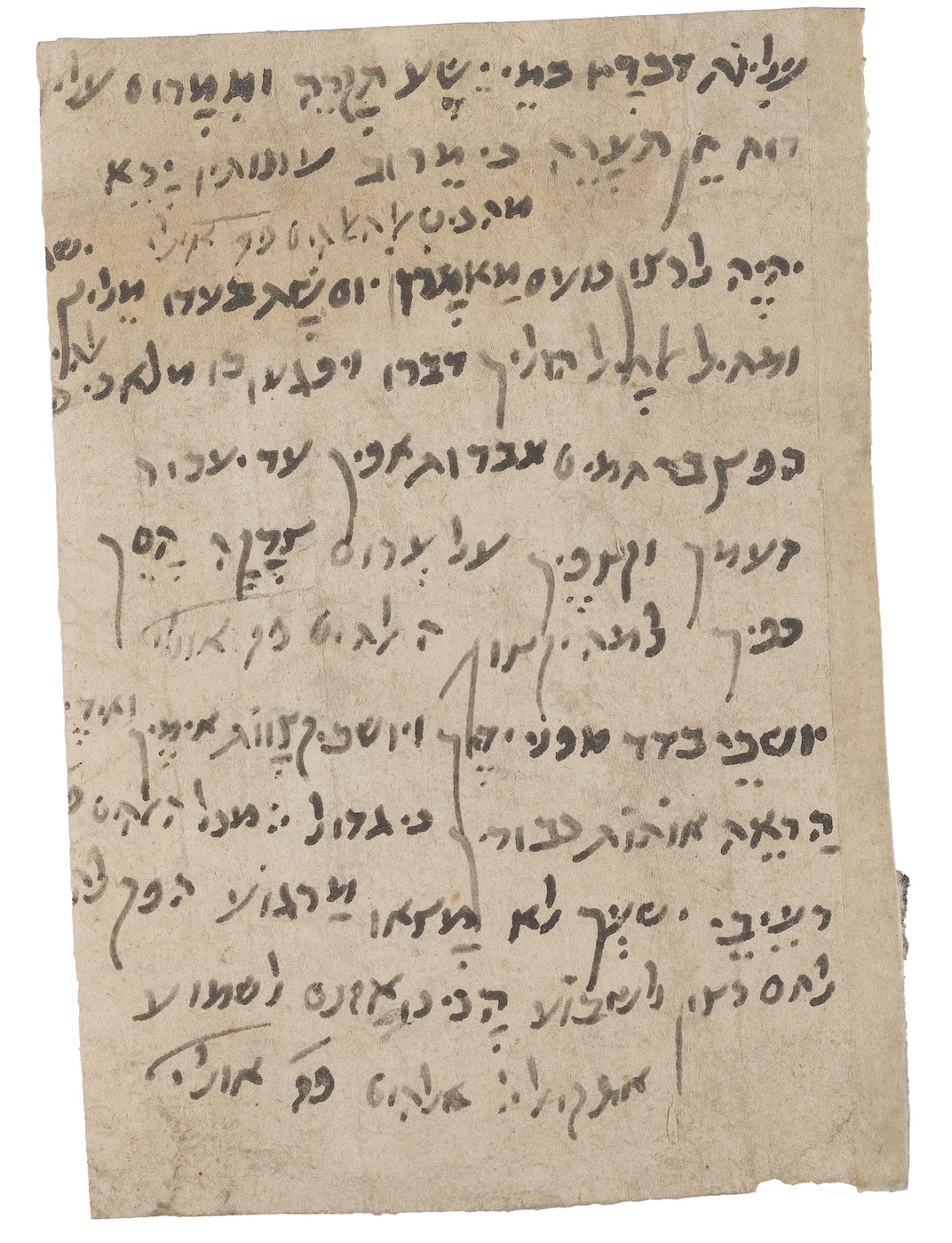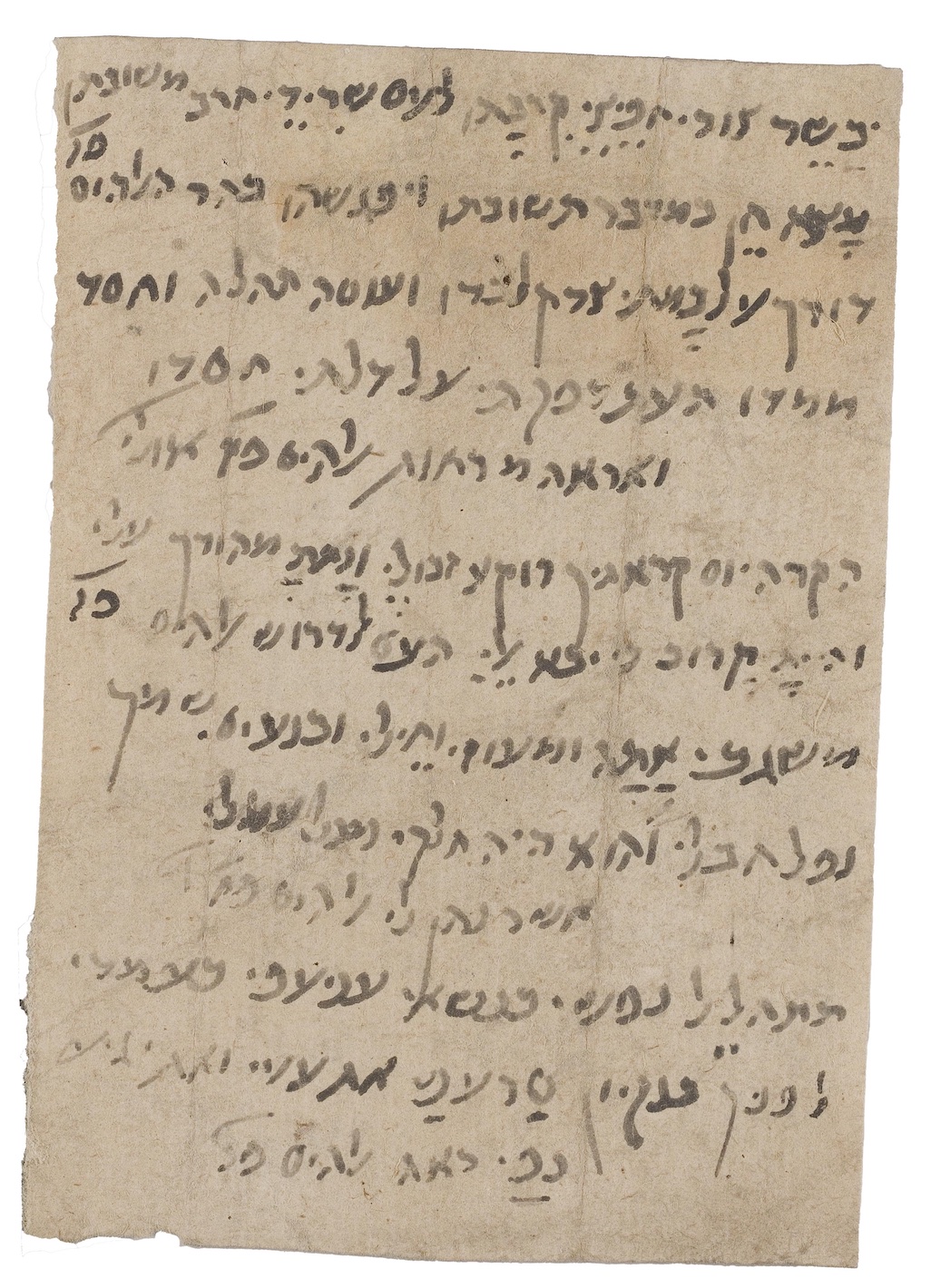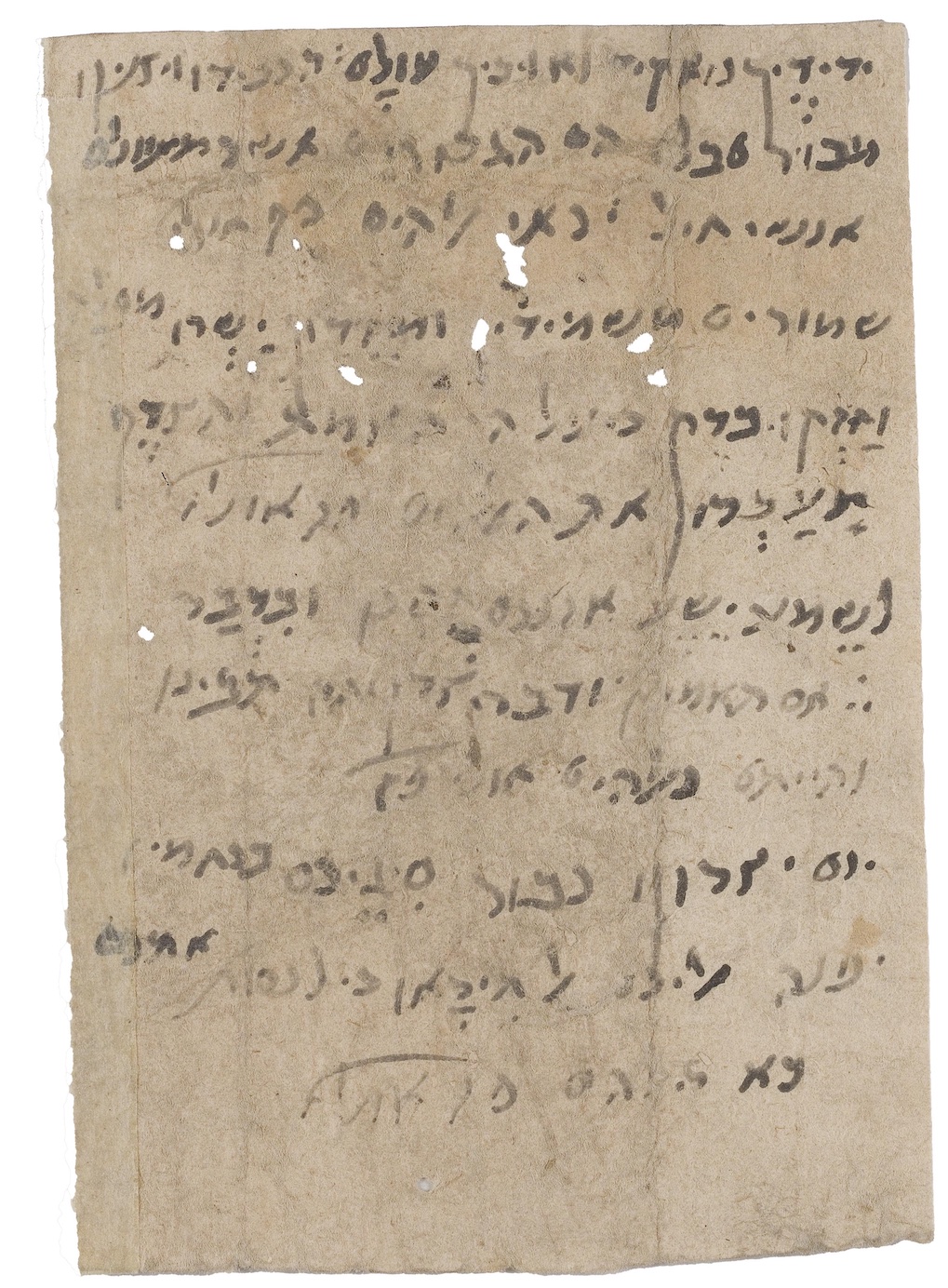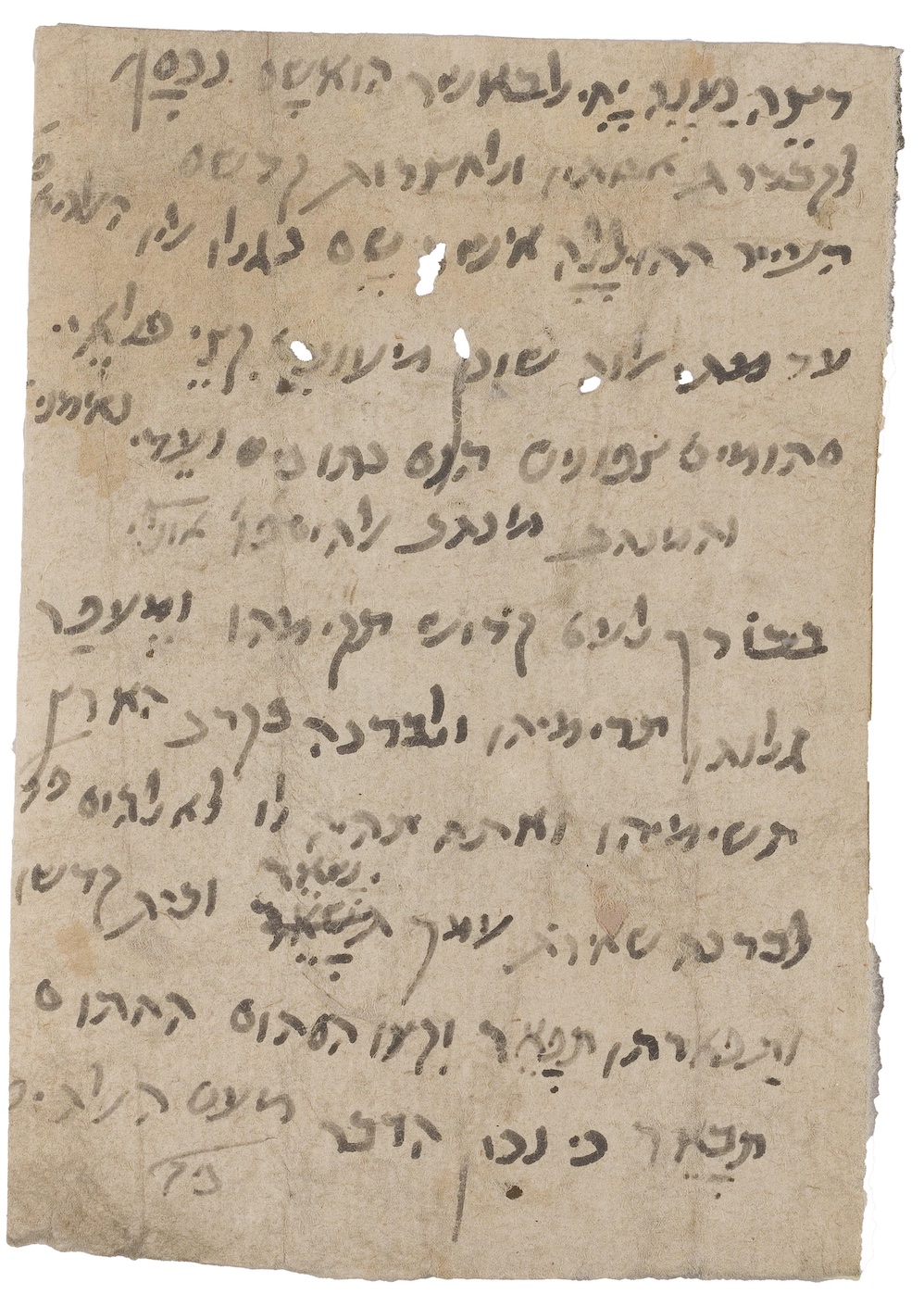Q&A Wednesday: Amir Ashur on finding a lost poem of Judah ha-Levi

Amir, you made an exciting discovery last week. Can you tell us about it?
Yes! I'm describing some documents at the moment for the Princeton Geniza Project, and while going through some of the manuscripts of the Jewish Theological Seminary I encountered two fragments containing a long piyyut.
There are tens of thousands of these piyyutim – liturgical poems – in the Genizah, and they’re not your area of research. Why did this one catch your eye?
It was written by a hand very familiar to me. It was the handwriting of Halfon b. Nathaniel ha-Levi, a wealthy merchant with business connections from Spain to India. He’s the hero of India Book IV. He was also a close companion of Judah ha-Levi, the brilliant Spanish poet. Halfon was known to write poetry himself. He travelled to Spain and the intellectual world of the Jewish elite there made a big impression on him, and he tried his hand at writing poetry too. There are a couple of his poems preserved in the Genizah. As my knowledge of Hebrew poetry and the ca. 50,000 piyyutim in the Genizah is almost zero, I reached out to Shulamit Elizur – the leading expert in Hebrew poetry – to help identify it and to see if anything was known about it. I was able to tell her that it was Halfon’s handwriting, which is useful to know. A known hand can help to put the fragment in context.
What did she think?
Her reply was rich in detail, as always. Shulamit explained that the poem was of the Seliha or Mustajib type, and that the opening lines do not appear in the Ezra Fleischer Geniza Research Project for Hebrew Poetry (המפעל לחקר השירה והפיוט בגניזה על שם עזרא פליישר).
So, was it an unknown poem?
Not exactly. Parts of the poem are in fact preserved in other Genizah manuscripts, but without the opening lines and without attribution. But there’s more: a poem with such opening lines is mentioned in a document and listed as being by Judah ha-Levi. This, along with the fact that it was copied by Halfon – a known close friend of Judah ha-Levi – suggests with a great deal of certainty that what we have here is indeed an unknown poem by Judah ha-Levi. The contents of the poem fit with his oeuvre too: the lines רצה נענה וחדל באשר הוא שם / נכסף לקברות אבותיו ולחצרות קדשם refer to his willingness to leave Spain and travel to the Land of Israel. That desire was one Judah ha-Levi also expressed in his other poems.
That seems like pretty conclusive evidence! I wonder why Halfon chose to copy it out. Perhaps the subject matter spoke to him.
I think he copied out a lot of poems. He was entranced by the Andalusian elite and tried to imitate them.
Sometimes scholars like to keep discoveries under their hat until they can publish them in full, but you didn’t do that. When you were able to confirm the discovery with Shulamit, the first thing you did was tell the world on Facebook and Twitter.
Well, I don’t have a hat in which to keep my discoveries secret. I strongly believe in making things known to the academic world and a wider audience. This is what science is – sharing knowledge.




ENA 3252.19r, ENA 3252.19v, ENA 3252.20v, and ENA 3252.20r, courtesy of The Jewish Theological Seminary Library
The discovery also a testament to the value of collaboration, isn’t it?
Yes, it’s an example of a discovery that could only be achieved with cooperation. Shulamit is unfamiliar with Halfon’s handwriting, and I am not familiar with poetry. It also shows the value of being able to identify scribal hands. I’ve just identified a tafsir (exegetical work) copied by the Genizah scribe Yedutun ha-Levi, and I’m working on a project with Tamar Zewi about the transmission of Saadya Gaon’s tafsir, identifying the scribes who copied it. It is so useful to know who was copying what.
Thanks very much, Amir!
Dr Amir Ashur is a Research Fellow at Tel Aviv University, University of Haifa, and Princeton University.

Add new comment